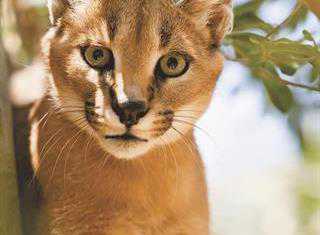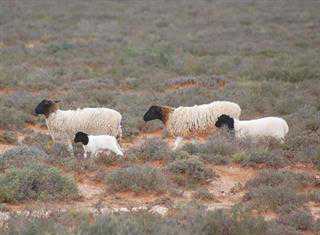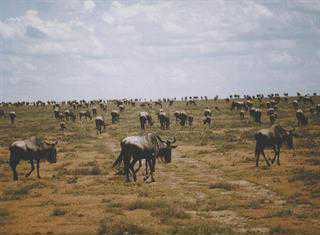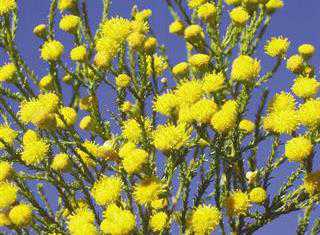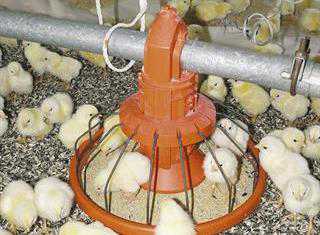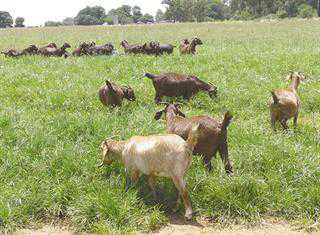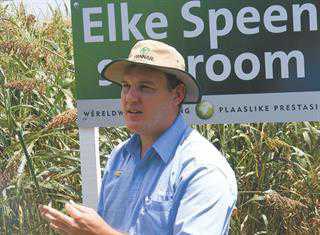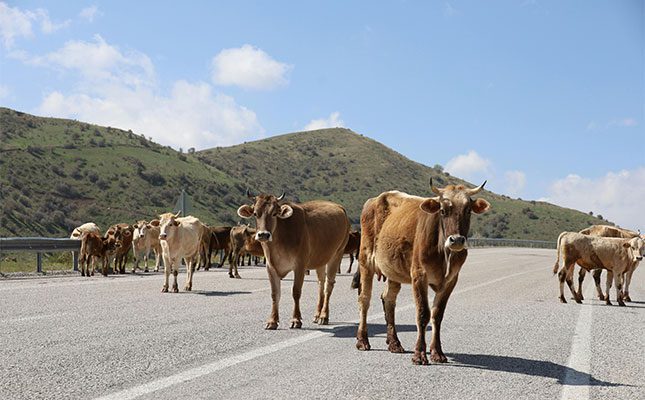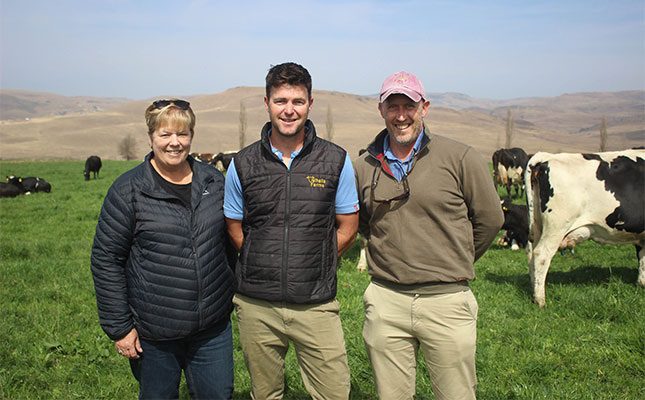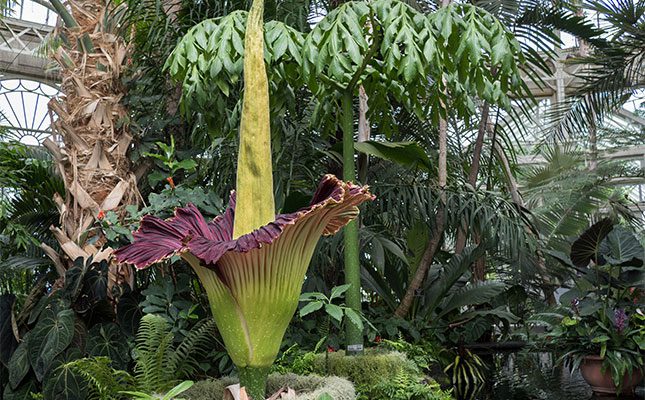Practical research looks at better caracal control
Current research into caracal control, conducted on nature reserves or game reserves, isn't always the best measure of effectiveness on a farm. A new study, conducted under practical farming conditions,...
Satellite can help improve veld production estimates
Satellite images could soon be used in South Africa to quantify veld production, estimate livestock carrying capacity and help farmers plan fodder flow, reports Roelof Bezuidenhout.
Predator management – a lesson from the US
When it comes to predator management, South African agricultural and environmental authorities look more like the farmer's foe than friend in comparison with the US's wildlife service.
Decline in parks’ large mammal numbers
Numbers of large mammals are dropping in national parks all over Africa - except in the continent's southern countries, where good management shows what can be achieved.
Bringing the war to the bitter bush
Bitter bush veld is a sign of overgrazing and veld degradation. Eradicating this invader will allow palatable, perennial grasses to flourish again, writes Roelof Bezuidenhout.
Cape parrot population Stalked by killer virus
In the Amatola Mountains in the Eastern Cape, Cape parrots are as iconic as the giant yellowwood trees they feed on and nest in. But as Mike Burgess reports, initial...
Improvement in broilers
Physiological improvements in broilers haven’t changed negative consumer perception of the poultry industry. Dr Marc de Beer says the industry has to set the record straight.
Effective management key to parasite control
Parasites’ growing resistance to anthelmintic remedies is a serious problem for smallstock farming. Field expert Dr Dave Midgley explains that the problem should be tackled through an integrated management system...
Red meat biodiversity plan
SANBI is starting pilot projects to develop biodiversity in the red meat industry, writes Roelof Bezuidenhout.
Getting over the winter slump on planted pasture
The selection of an appropriate base crop is vital for livestock farming on planted pasture. It forms a solid foundation for an ongoing fodder flow to ensure optimal production and...
A cutting edge agricultural information system for KwaZulu-Natal
The KZN Department of Agriculture, Environmental Affairs and Rural Development’s Bioresource Programme lays a firm foundation for improved farm decision making, reports Lloyd Phillips.
A green revolution launched at ZZ2
One of South Africa's largest farming operations, ZZ2, needed dramatic production changes to stay sustainable. They formulated natuurboerdery, which gave them all the benefits of organic farming without a major...
ADVERTISEMENT
MUST READS
ADVERTISEMENT
ADVERTISEMENT

